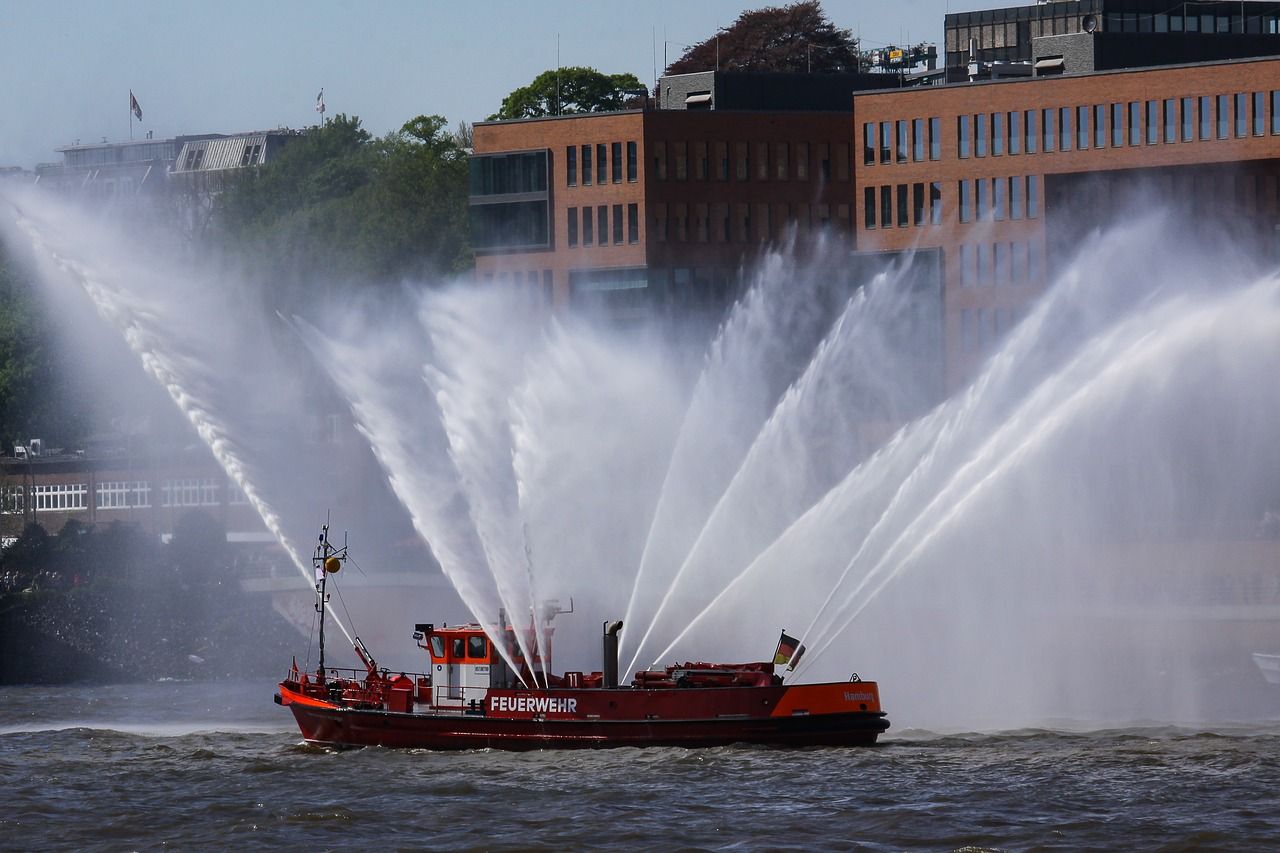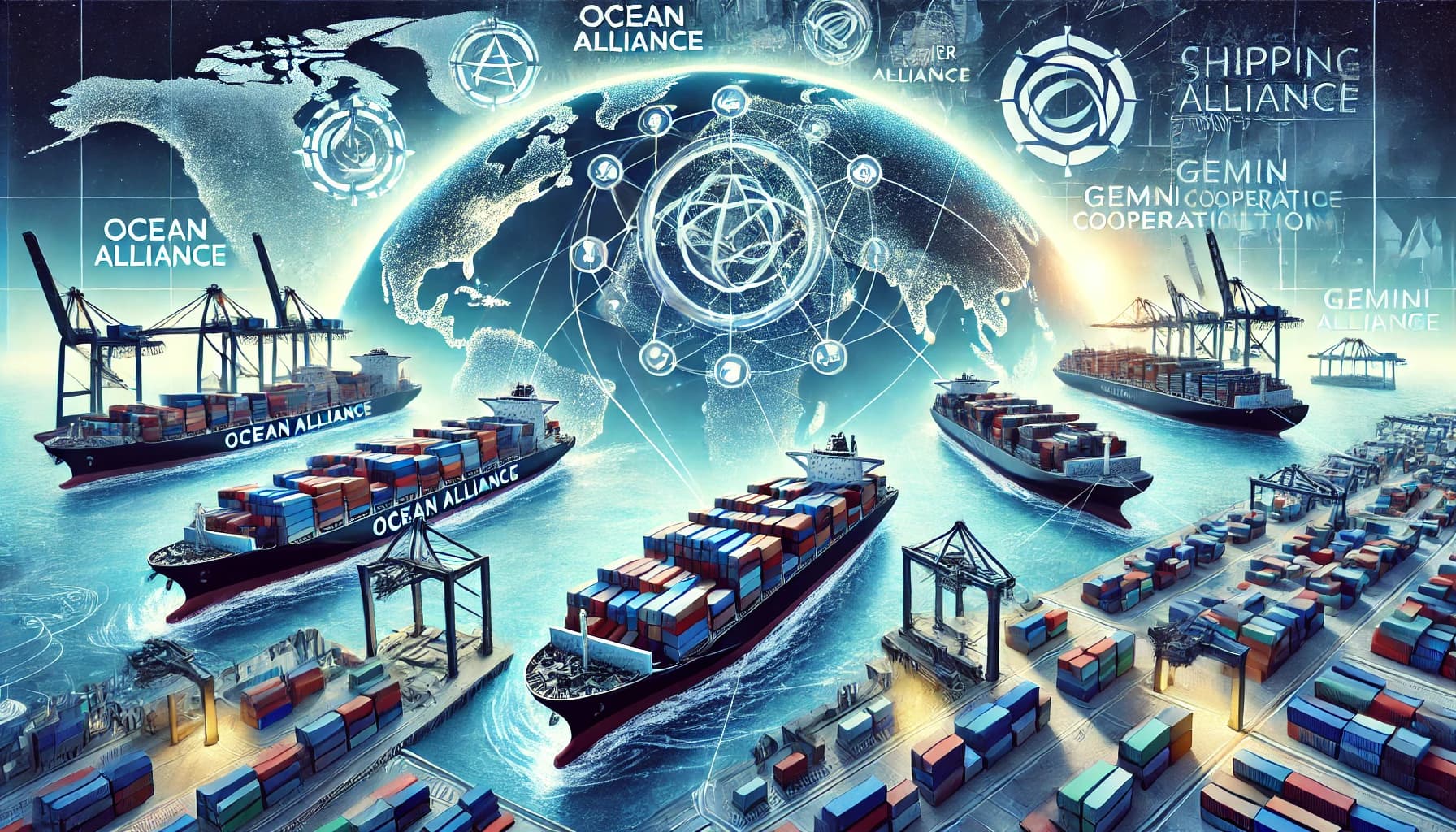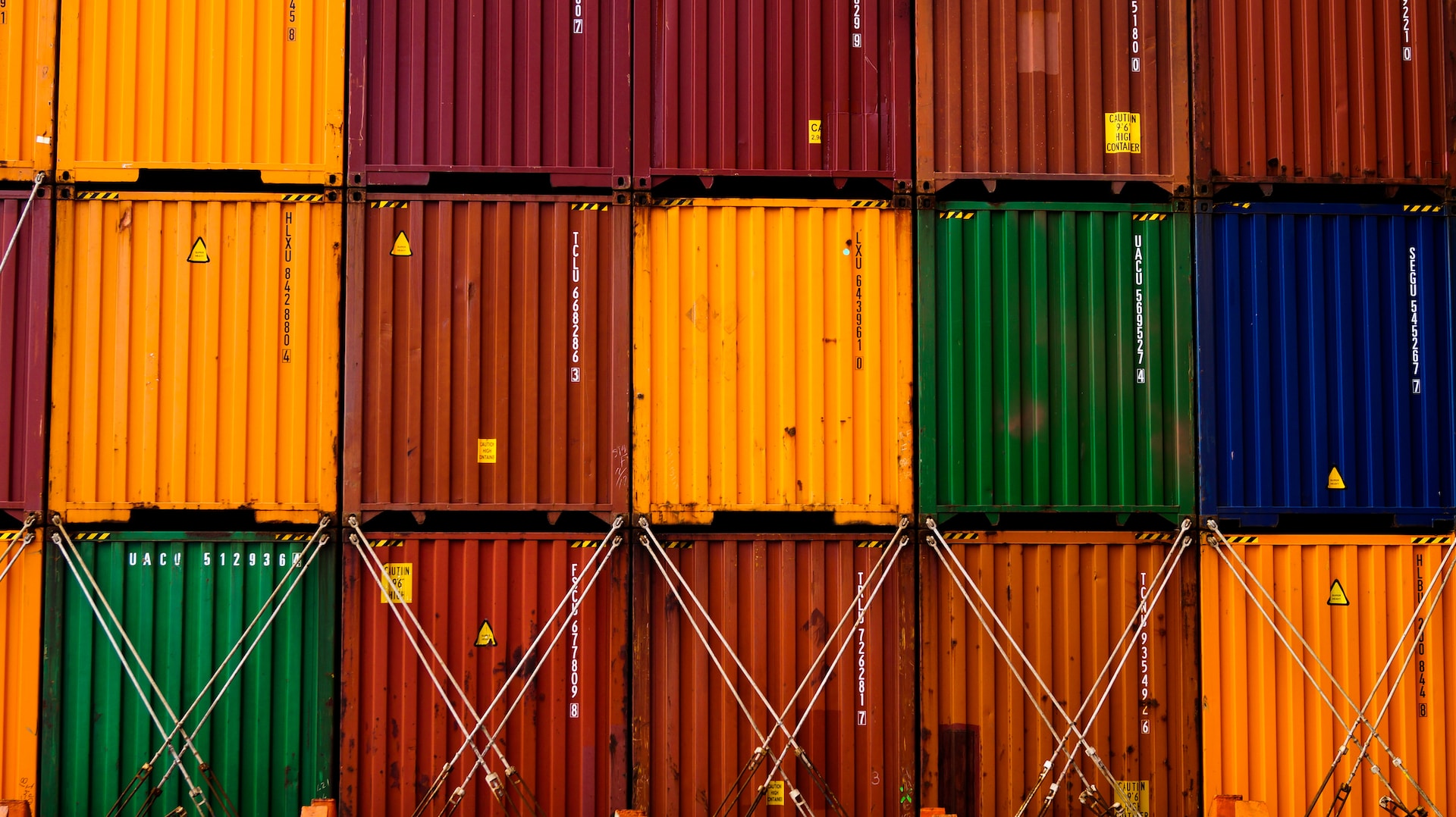The water-based or offshore cousin to a fire engine or fire truck, the fireboat is a vessel that has onboard equipment, such as nozzles, hoses and pumps, that are used to fight and extinguish fires both on other ships, as well as along the coastline, on docks and in ports and warehouses.
Although fire fighting is their main purpose, fireboats have a number of other duties and we will take a look at these a little later on, along with the history of fireboats and the typical features of these unsung heroes of the waves!
Unlike merchant navy vessels such as cargo and container ships, bulk carriers, oil tankers, gas carrier ships, crane vessels or car carriers, fireboats are not usually owned by a shipowner or shipping company. Instead they are municipal watercraft and they, and their crew, fall under the management of a city or area’s fire department.
A city which sits on a large body of water or which has a prominent port, will normally have its own fleet of fireboats.
Read more: Everything You Need to Know About Coaster Vessels
Cities that are smaller in size and have a smaller fire department, or that sit on smaller bodies of water with minor ports, will either borrow boats from the military or Coast Guard or from EMS (Emergency Medical Services) or use their own inflatable boat which will have a rigid hull.
What are fireboats and what do they do?
The big advantage of fireboats is that they have a virtually unlimited supply of water at their disposal. This water is pumped in from the sea, lake, river or other body of water directly into the hoses from below the boat’s hull.
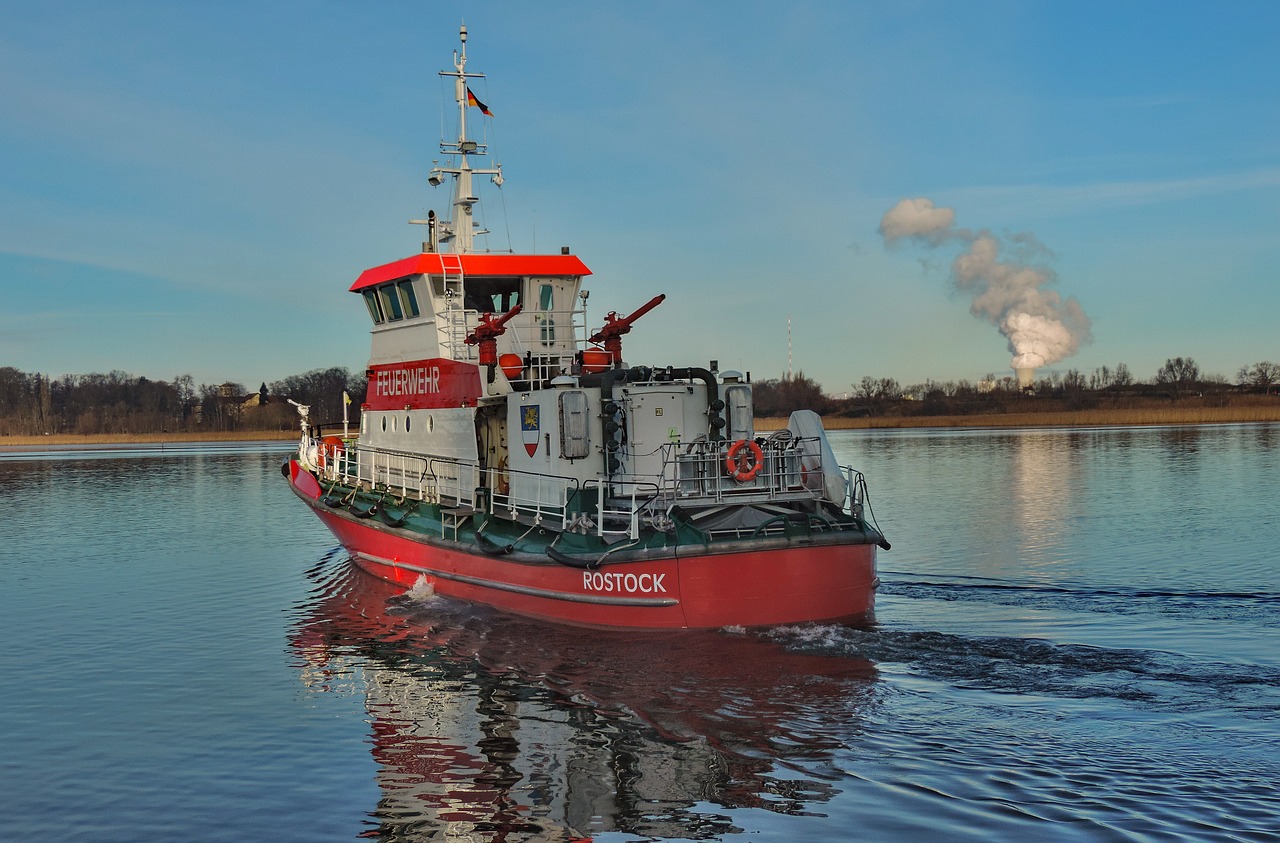
This also makes the fireboat a good backup resource for the fire department in the event that there is a fire along the shoreline, or even within the city itself if the site can be reached by water.
Read more: Everything You Need to Know About Cable Laying Ships
Fireboats are powered by diesel engines and typically measure 125 feet (38 meters) in length. Their pumping power is extensive with some newer vessels being able to pump tens of thousands of gallons / liters of water per minute up to the dizzying heights of around 400 feet (122 meters.)
The history of the fireboat
So where do the origins of the fireboat lie? Needless to say the earliest boats had nowhere near the sheer power of today’s vessels, but they still carried out hugely important work.
The first fireboat to be recorded was designed in the late 18th Century, in 1765 to be precise. The design featured a manually operated pump and the small craft was powered by oar - meaning its crew rowed it to the site of the emergency.
Read more: Everything You Need to Know About Pilot Boats
The boat was built for the Sun Fire Insurance Company, a company based in London, England. According to the Littlehampton Museum, which houses a plaque belonging to the company, Sun Fire Insurance:
“...employed a fire brigade and only dealt with fires insured by their company. Fire marks were fixed to each house with the company logo and reference, so that the fire brigade knew whether it was their responsibility to put the fire out. In the days before a municipal fire service was formed, this meant if you did not have a fire mark your house may be left to burn!”
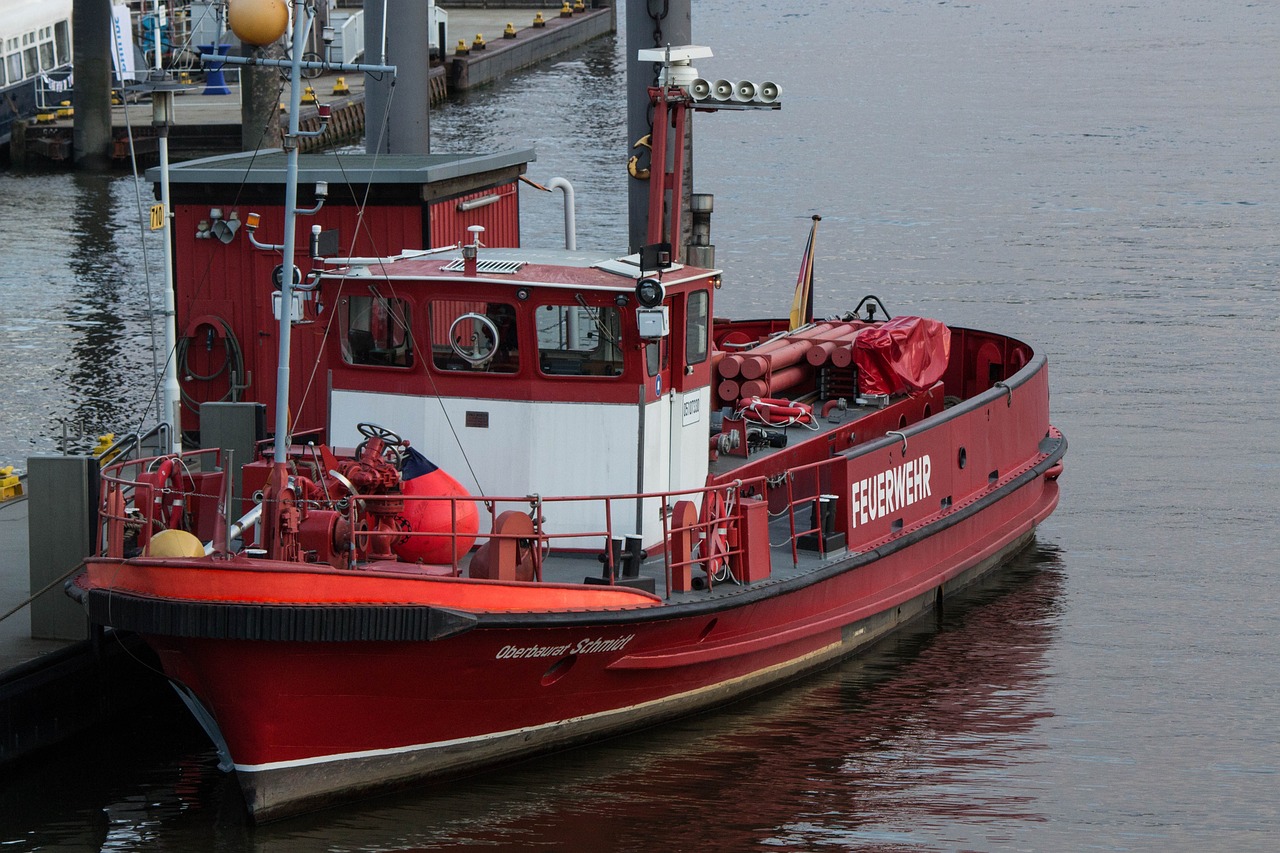
But although the fireboat was now a concept, it wasn’t classified as a fireboat until later on in the 19th Century.
Read more: Everything You Need to Know About LNG & LPG Tankers
Indeed, tugboats were used as ‘fireboats’ and were retrofitted with the equipment needed to fight fires. To this day you can still see fireboats that are built on a tugboat design, as well as others which look more like modern seagoing vessels.
But clearly the need for a faster, more powerful watercraft was needed. In the days when many houses and warehouses were built from wood, the time it took the crew to row to the fire could be the difference between life and death.
Read more: Everything You Need to Know About Mining Ships
And as shipping and ship design evolved, the fireboat was not left behind with self-propelled steam driven fireboats being introduced in the mid 19th Century, notably in New York and Boston, in the United States who added these to their fire departments in the 1870’s.
Meanwhile, back in the United Kingdom, the Fire Queen made her debut at Bristol docks in 1884. She was fitted with a three-cylinder steam pump that fed water to two large hose reels. In 1900 she was upgraded and one of the reels was replaced by a water cannon.
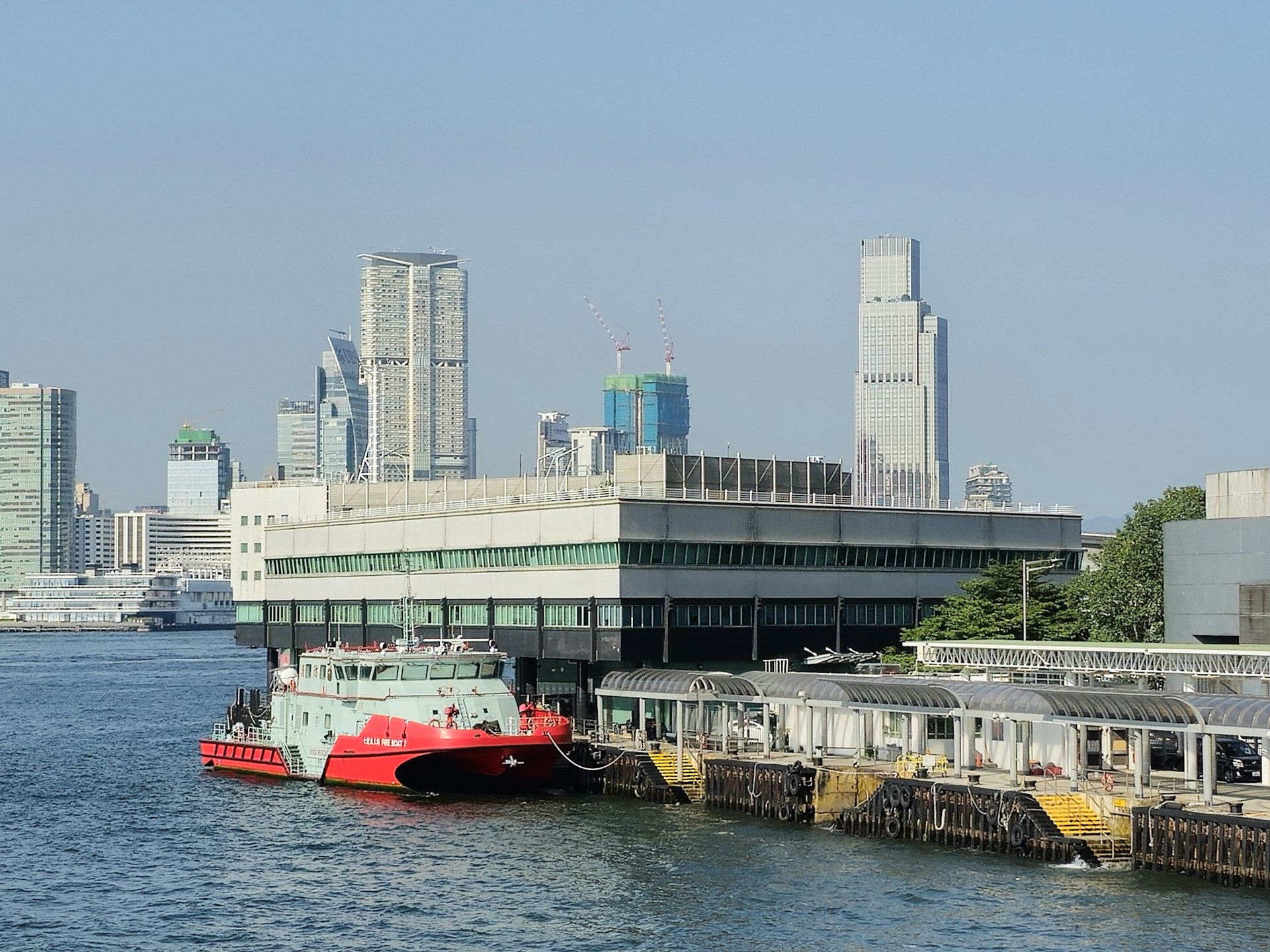
Other fireboat duties
Unlike many vessels with a job to do - such as the feeder vessel which delivers shipping containers to larger vessels, the passenger ferry or the RoRo ship, which transports wheeled cargo as well as passengers, the fireboat is not constantly working at putting out fires. (Which is definitely a good thing!)
Read more: Everything You Need to Know About Offshore Vessels
So that means they have time to occupy themselves when they’re on standby. These are a few other duties that the fireboat may perform:
- Some fireboats are used as icebreaker ships, helping to cut through icy waters to make them more navigable for other vessels.
- Fireboats may transport firefighters as well as paramedics, doctors and Emergency Medical Technicians (EMT) to other vessels or sites of emergencies.
- Fireboats are also sometimes used to transport surface water rescue technicians and divers to an emergency.
- They may be used as a rescue boat to remove passengers or crew from a vessel that is in danger.
- And because of their impressive ‘water feature’ capabilities, you may also see fireboats flamboyantly escorting or welcoming special guests to a port or harbor, such as a fleet of vessels, a boat belonging to someone important, or a historic ship.
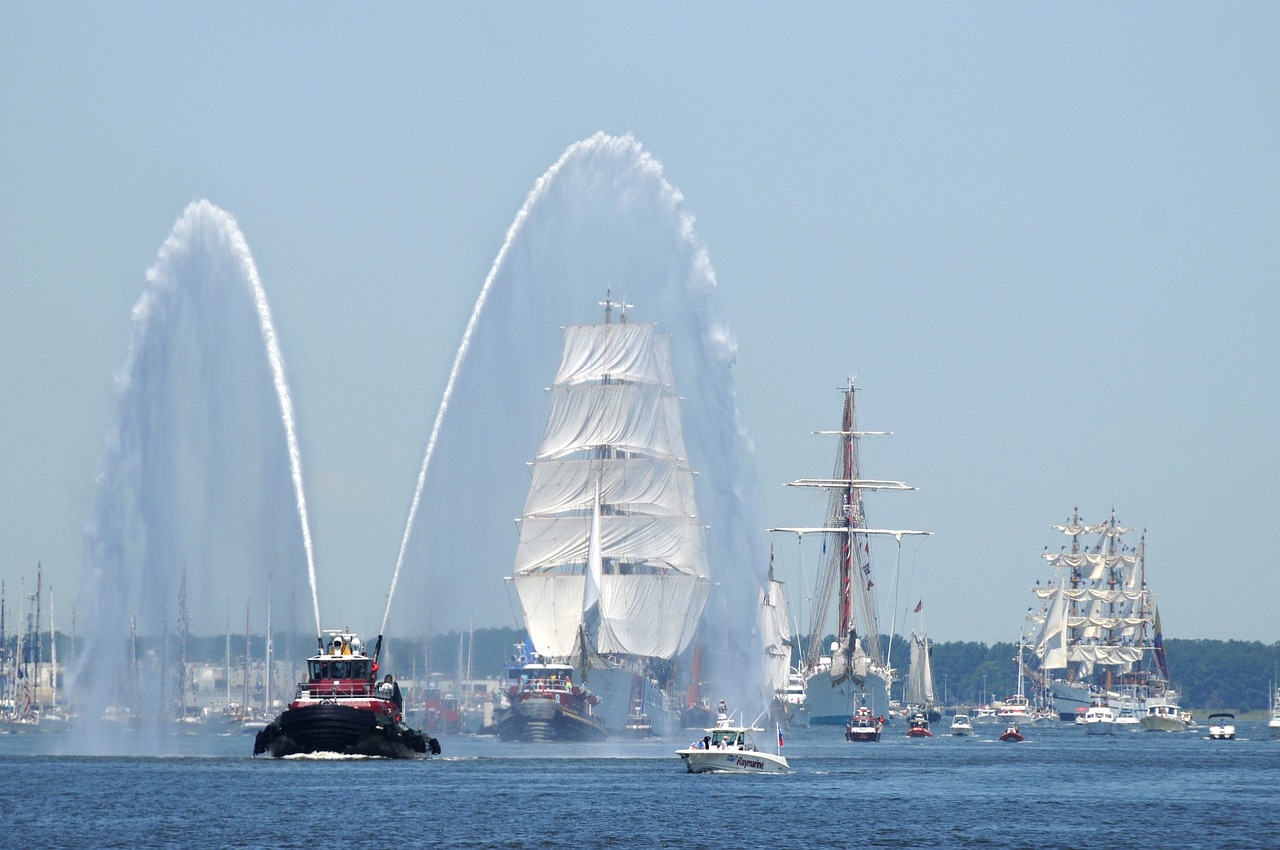
Want to find out more about other types of ships and watercraft?
This blog post is one of a series of articles which each take a closer look at different types of ships and vessels. So if you’ve finished reading about the fireboat and you’re on a roll and would like to find out more about cruise ships, lightships, fishing boats, heavy lift vessels, supramax vessels and chemical tankers you’ve definitely come to the right place!
Read the previous article in this series: Everything You Need to Know About Dredgers
Read the next article in this series: Everything You Need to Know About Gas Carrier Ships

Eve Church
Eve is Martide's content writer, publishing regular posts on everything from our maritime recruitment and crew planning software to life at sea. Eve has been writing professionally for more than two decades, crafting everything from SEO-focused blog posts and website landing pages to magazine articles and corporate whitepapers.
UK
